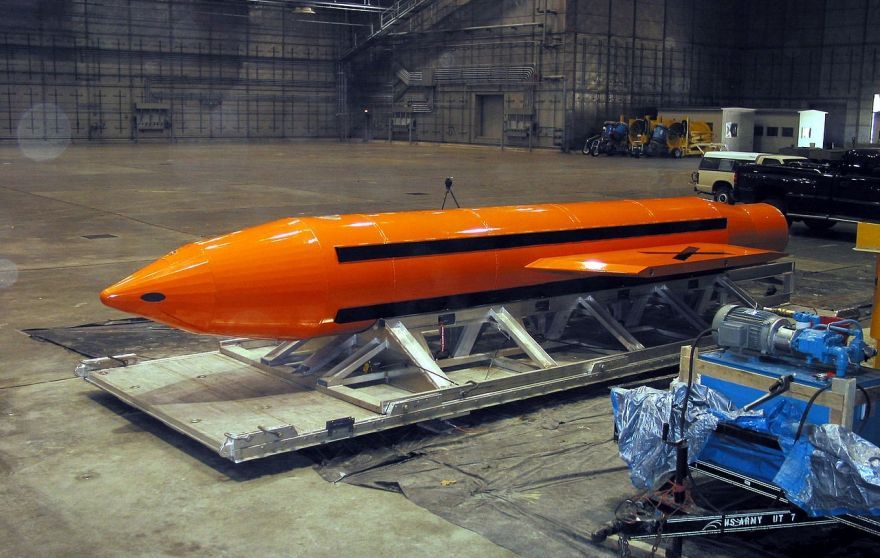@perfect_blue said:
Where did I make the claim that the military should disclose "details about every battlefield bombing"? I merely said it's telling that they ignored a direct query on it. Why bother even replying if you're going to poison the well and act dishonest from the very start by putting words in my mouth? It makes it difficult to have a discussion because I don't know if you are actually discussing in good faith. The writer in the article was also a military Marine infantryman. I don't think it's a stretch to believe he's a credible source on military weaponry.
Also, it is quite telling and shows how much you know if you are equating election polling with approval ratings - they aren't remotely the same thing.
I didn't say you claimed the military should disclose the details for every bomb they drop, but you chose to cherry pick this one. They used the ordinance because it was the right ordinance to use. Something tells me Mattis and the generals in charge of the operations in the middle east are better at picking out bombs than an infantryman.
Statistics that get shared via traditional media sources are still statistics that shape perception. The perception was that Trump stood no chance against Hillary--unless you considered the more savvy polling organizations who released their numbers towards the end of the race (which were far more accurate based on their methodology, which was fascinating).
Phrases like, "it's quite telling" are completely meaningless because it forces the reader to assume you are correct. It doesn't display any sort of critical analysis and it doesn't create any discussion points.
Bonus thoughts: And why is anyone still relying on the Washington Post for news? They're totally unreliable (dare I say fake news?). This is another fantastic example of why nobody should be reading the Washington Post. Here's information from US Central Command curated by Wired:
Most conventional bombs—like the Joint Direct Attack Munitions the US regularly drops on Syria, Iraq, and Afghanistan—will be some small percentage of explosive, and a much larger part casement that will kill people by bursting apart into a thousand pieces. The Moab takes the inverse approach.
Its objective? Create a blast big enough to reach deep into areas that other conventional bombs can’t....
Jdams won’t work to get into deep tunnels, because the fragmentary material they shoot out stops at the first twist the tunnel takes. To avoid them, combatants just need to go deeper into the tunnel. Bombs designed specifically to penetrate underground pose similar problems. Though effective when targeting individual below-ground targets, they struggle with crippling long, winding networks. That’s where a massive concussive bomb has the advantage: Its blast can turn corners, and push all the way to the furthest reaches of a cave.
So, the MOAB was made for this kind of target. Despite the Washington Post telling you they didn't get a response from inquiry, thus casting doubt on the strike.


Log in to comment